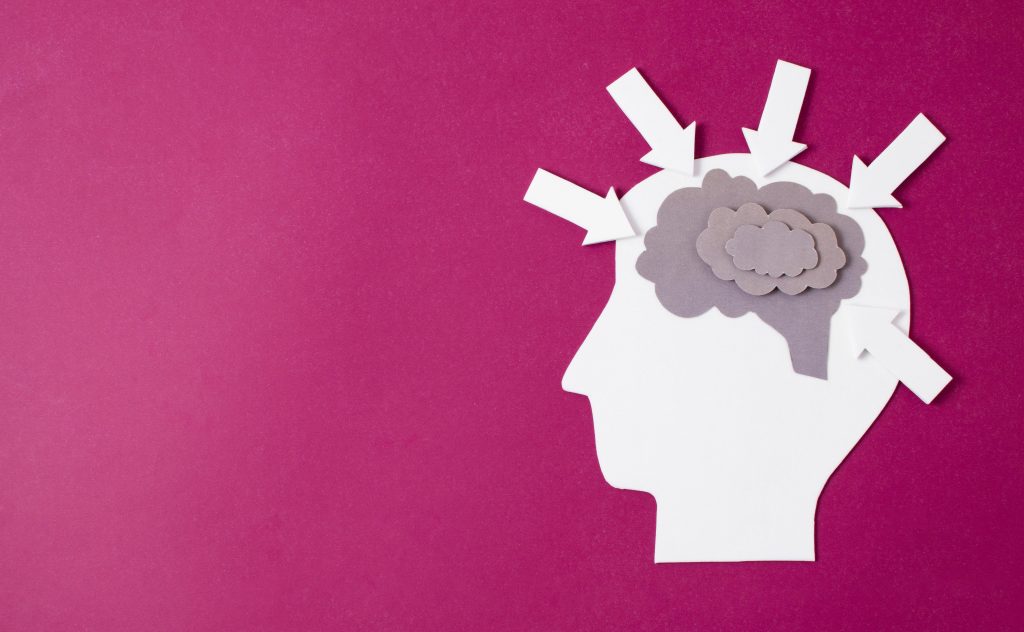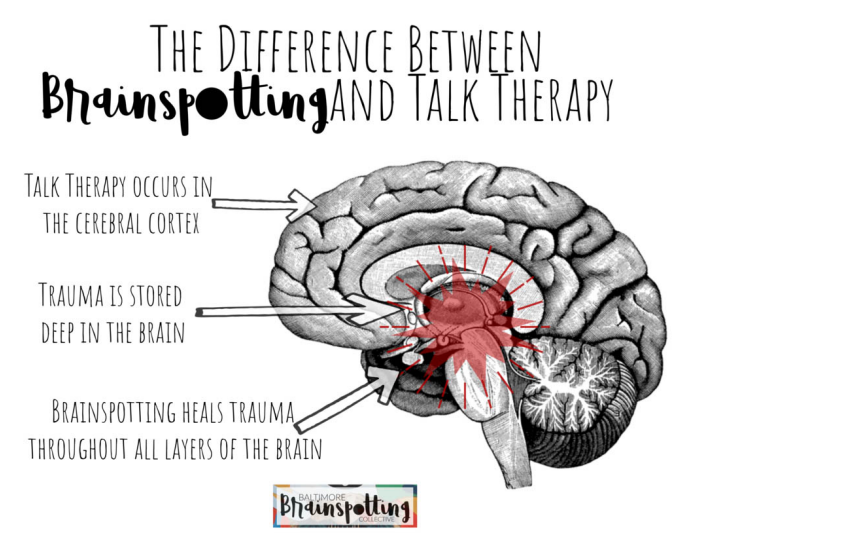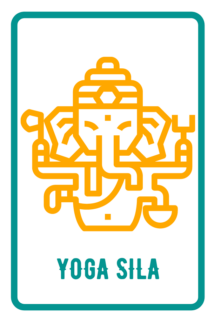
For private customers and for companies
Brainspotting is een uitermate effectieve therapievorm voor verwerking van trauma en andere blokkades waarbij ook juist die gebieden in de hersenen worden bereikt, die zich aan ons cognitieve en verbale bewustzijn onttrekken. Brainspotting heeft daarmee niet alleen een positief effect op onze kwaliteit van leven van alle dag maar is ook bijzonder effectief gebleken waar het gaat om de verbetering van prestaties voor mensen die onder hoge druk moeten presteren: artiesten, sporters en executives.
Brainspotting is a psychotherapeutic method that focuses on processing conscious and unconscious blockages that negatively affect our daily functioning. It is an accessible method for processing anxiety disorders and stress-related complaints.
When someone talks about something, he or she is looking at a certain point. If that gaze (eye position) is held at that point, relevant areas in the brain are stimulated, causing information stored in those areas in the brain and body in the form of unprocessed "information capsules" to be addressed and dissolved. .
What is Brainspotting?
Brainspotting is a psychotherapeutic method that focuses on processing conscious and unconscious blockages that negatively affect our daily functioning. It is an accessible method for processing anxiety disorders, stress-related complaints, physical complaints, attachment problems, addictions, ADHD, autistic disorders and all other blockages that negatively affect our functioning and performance. Brainspotting can be perfectly combined and integrated with
existing forms of therapy or other ways of guiding people, but can also be used on its own.
When someone talks about something, he or she is looking at a certain point. If that gaze (eye position) is held at that point, relevant areas in the brain are stimulated, causing information stored in those areas in the brain and body in the form of unprocessed "information capsules" to be addressed and dissolved. .
For more information see www.brainspotting.nl

David Grand discoverer of Brainspotting
David Grand is one of the foremost and most effective trauma therapists in the practice today. For example, he treated survivors of profound trauma (9/11). He discovered Bainspotting from the EMDR in 2003. This form of therapy has since grown into a worldwide applied therapy.
How does Brainspotting work?
With Brainspotting you keep looking specifically at a point. For this I use a pointer. This is not just randomly selected, but is found on the basis of your emotions and feelings. Sometimes you can indicate this very clearly yourself and sometimes the therapist can see from your facial expression where the blockage is stored in your brain. Your eyes can make contact with this part of the brain. That is precisely why the status of the
eyes very important. I call this the eye position.
This blockade is being worked on under the guidance of music, so that your system can process it. As a result, you will notice that you are less or no longer overwhelmed by pain, sadness, fear or stress when you are triggered.
We can reorganize our brain, as it were.
What is the therapist's role in Brainspotting
I help you find blockages from the past. These blockages can be memories, but they certainly don't always have to be. Sometimes it is a feeling or a trigger for which we have no explanation. We store blockages, pain or events that we have experienced as unpleasant in our brain. I take you on a journey through your brain.
By asking questions, reassuring you and making you feel safe. Together we work on softening the memories and the blockages. It is not the case that you will lose the memory after Brainspotting, it is mainly the case that the memory will affect you less. This creates more space for healing your own system.
What are the benefits of Brainspotting?
The advantage of Brainspotting is that you don't have to talk, but you can. Maybe this makes you feel better if you don't have to talk because it may be difficult to put words to what you feel. Another advantage of this form of therapy is that the therapist does not work according to a protocol, but starts from your feeling and what you experience at that moment.
If your tension is very high about the theme you want to work on, I ask you to look for a place in your body where you experience the tension less intensely. Then together we look for eye positions that belong to this place. That's what I call the 'resource eye positions'.
What are the disadvantages of Brainspotting?
It may happen that the tension of the theme you want to work on is still too high for you. Together we build up the brainstorming together. This is due to the different techniques that can be used. Sometimes it is helpful to start with 5 minutes, take a break and brainspot again for 5 minutes.
Brainspotting sessions can be intense. It's good to keep that in mind. You are often tired after a session. In the hours and days that follow, in addition to fatigue, all kinds of feelings, emotions and tears can also be released. It is important to rest, drink well and eat something (sweet).
